
Nokia Bell Labs, originally named Bell Telephone Laboratories (1925–1984), then AT&T Bell Laboratories (1984–1996) and Bell Labs Innovations (1996–2007), is an American industrial research and scientific development company owned by Finnish company Nokia. With headquarters located in Murray Hill, New Jersey, the company operates several laboratories in the United States and around the world.
Technology transfer (TT), also called transfer of technology (TOT), is the process of transferring (disseminating) technology from the person or organization that owns or holds it to another person or organization, in an attempt to transform inventions and scientific outcomes into new products and services that benefit society. Technology transfer is closely related to knowledge transfer.

IBM Research is the research and development division for IBM, an American multinational information technology company headquartered in Armonk, New York, with operations in over 170 countries. IBM Research is the largest industrial research organization in the world and has twelve labs on six continents.
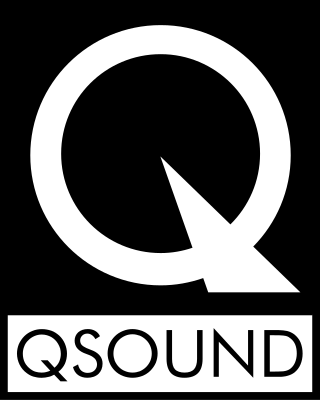
QSound Labs is an audio technology company based in Calgary, Canada. It is primarily a developer and provider of audio enhancement technologies for entertainment and communications devices and software. The company is best known as a pioneer of 3D audio effects, beginning with speaker-targeted positional 3D technology applied to arcade video games and professional music and film soundtrack production. QSound was founded by Larry Ryckman (CEO), Danny Lowe, and John Lees. Jimmy Iovine served as SVP of Music and Shelly Yakus as VP of Audio Engineering in its formative years.
Intellectual Ventures is an American private equity company that centers on the development and licensing of intellectual property. Intellectual Ventures is one of the top-five owners of U.S. patents, as of 2011. Its business model focuses on buying patents and aggregating those patents into a large patent portfolio and licensing these patents to third parties. The company has been described as the country's largest and most notorious patent trolling company, the ultimate patent troll, and the most hated company in tech.

Nathan Paul Myhrvold, formerly Chief Technology Officer at Microsoft, is co-founder of Intellectual Ventures and the principal author of Modernist Cuisine and its successor books. Myhrvold was listed as co-inventor on 17 U.S. patents at Microsoft and is co-inventor on over 900 other U.S. patents issued to his corporation and its affiliates.
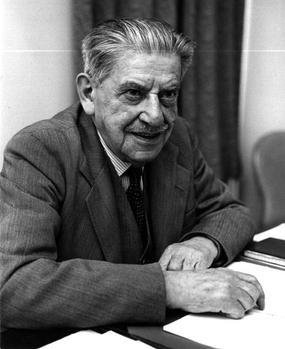
Sir Isaac Shoenberg was a British electronic engineer born in Belarus who was best known for his role in the history of television. He was the head of the EMI research team that developed the 405-line, the first fully electronic television system to be used in regular broadcasting when it was introduced with the BBC Television Service in 1936. It was later adopted by other TV organizations around the world.
Sensaura, a division of Creative Technology, was a company that provided 3D audio effect technology for the interactive entertainment industry. Sensaura technology was shipped on more than 24 million game consoles and 150 million PCs . Formed in 1991, Sensaura developed a range of technologies for incorporating 3D audio into PC's and consoles.

Aureal Semiconductor Inc. was an American electronics manufacturer, best known throughout the mid-late 1990s for their PC sound card technologies including A3D and the Vortex The company was the reincarnation of the, at the time, bankrupt Media Vision Technology, who developed and manufactured multimedia peripherals such as the Pro Audio Spectrum 16.

Sarnoff Corporation was a research and development company specializing in vision, video and semiconductor technology. It was named for David Sarnoff, the longtime leader of RCA and NBC, and had headquarters in West Windsor Township, New Jersey, though with a Princeton address.

Adastral Park is a science campus based on part of the old Royal Air Force Station at Martlesham Heath, near Ipswich in the English county of Suffolk.
CBS Laboratories or CBS Labs was the technology research and development organization of the CBS television network. Innovations developed at the labs included many groundbreaking broadcast, industrial, military, and consumer technologies.

General Electric Research Laboratory was the first industrial research facility in the United States. Established in 1900, the lab was home to the early technological breakthroughs of General Electric and created a research and development environment that set the standard for industrial innovation for years to come. It developed into GE Global Research that now covers an array of technological research, ranging from healthcare to transportation systems, at multiple locations throughout the world. Its campus in Schenectady, New York was designated a National Historic Landmark in 1975.
Creative Technology Ltd. is a Singaporean multinational technology company. The principal activities of the company and its subsidiaries consist of the design, manufacture and distribution of digitized sound and video boards, computers and related multimedia and personal digital entertainment products. It also partners with mainboard manufacturers and laptop brands to embed its Sound Blaster technology on their products.
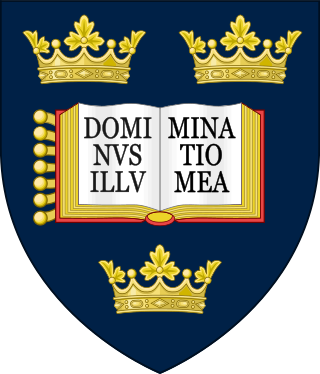
Oxford University Innovation Limited (OUI) is a British technology transfer and consultancy company created to manage the research and development (R&D) of University spin-offs. OUI is a wholly owned subsidiary of the University of Oxford, and is located on Botley Road, Oxford, England. OUI was previously known as Isis Innovation (1988–2016) and Oxford University Research and Development Ltd (1987–1988).

The Philips Natuurkundig Laboratorium or NatLab was the Dutch section of the Philips research department, which did research for the product divisions of that company. Originally located in the Strijp district of Eindhoven, the facility moved to Waalre in the early 1960s. A 1972 municipal rezoning brought the facility back into Eindhoven, which was followed some years later by Eindhoven renaming the street the facility is on into the Prof. Holstlaan, after the first director.
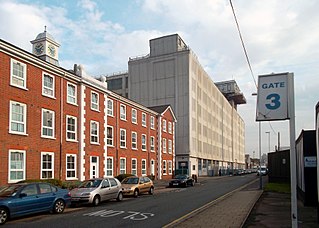
The Old Vinyl Factory is a complex of buildings formerly owned by the British music company EMI in Hayes, within the London Borough of Hillingdon. The site was originally purchased by Gramophone and Typewriter Ltd and the buildings were designed by Wallis, Gilbert and Partners in the early 20th century.
ELGA LabWater is the laboratory water brand name of Veolia Water Solutions & Technologies. ELGA manufactures, supplies and services water purification systems for use in general, R&D, healthcare and clinical laboratories. Its offices and distributors are located in more than 60 countries.
Open source is source code that is made freely available for possible modification and redistribution. Products include permission to use the source code, design documents, or content of the product. The open-source model is a decentralized software development model that encourages open collaboration. A main principle of open-source software development is peer production, with products such as source code, blueprints, and documentation freely available to the public. The open-source movement in software began as a response to the limitations of proprietary code. The model is used for projects such as in open-source appropriate technology, and open-source drug discovery.
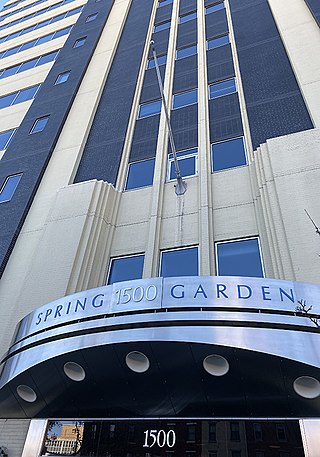
Clarivate Plc is a British-American publicly traded analytics company that operates a collection of subscription-based services, in the areas of bibliometrics and scientometrics; business / market intelligence, and competitive profiling for pharmacy and biotech, patents, and regulatory compliance; trademark protection, and domain and brand protection. In the academy and the scientific community, Clarivate is known for being the company which calculates the impact factor, using data from its Web of Science product family, that also includes services/applications such as Publons, EndNote, EndNote Click, and ScholarOne. Its other product families are Cortellis, DRG, CPA Global, Derwent, MarkMonitor, CompuMark, and Darts-ip, and also the various ProQuest products and services.













